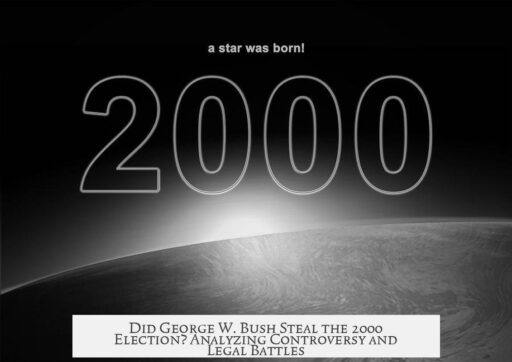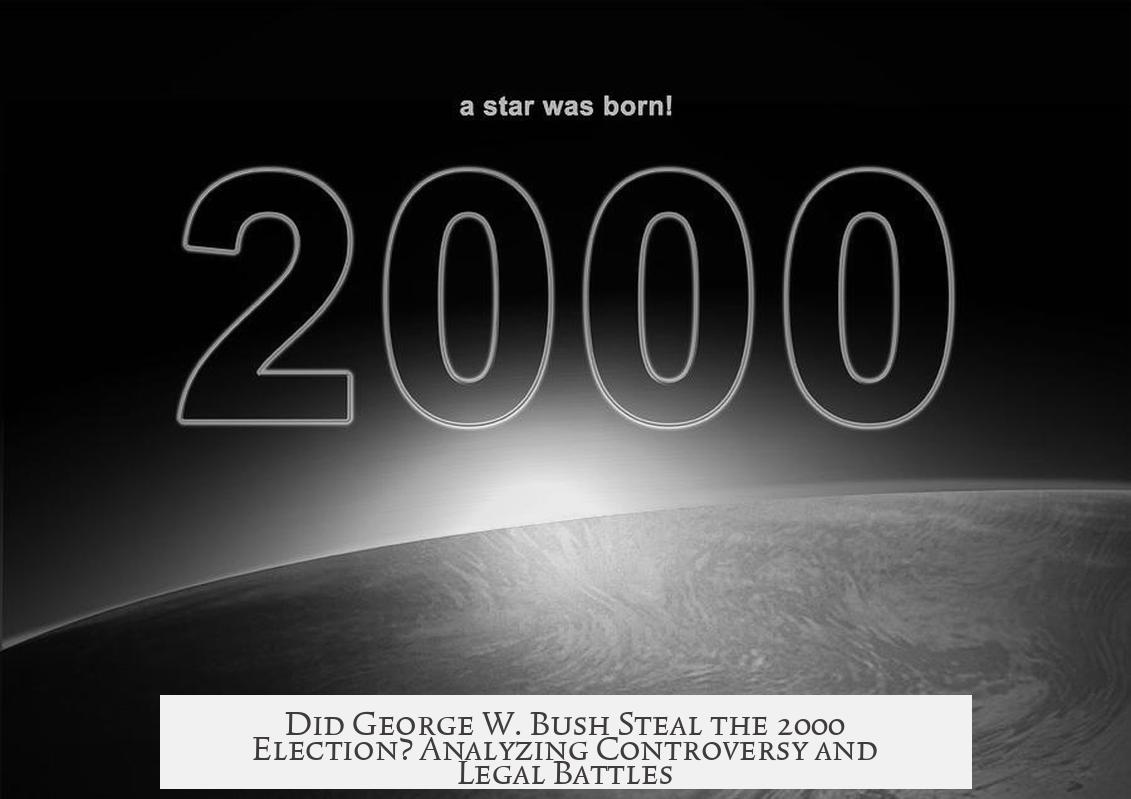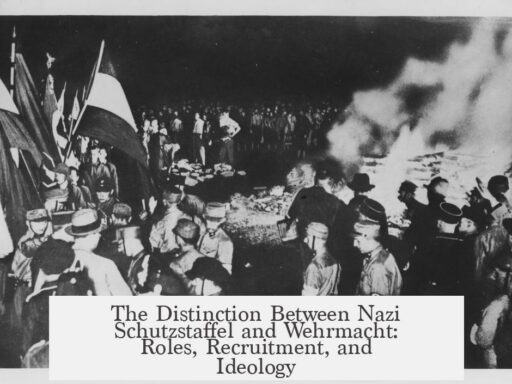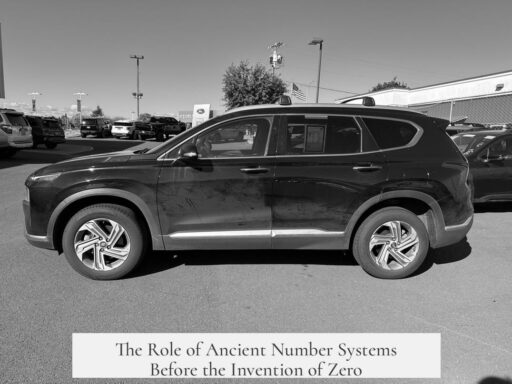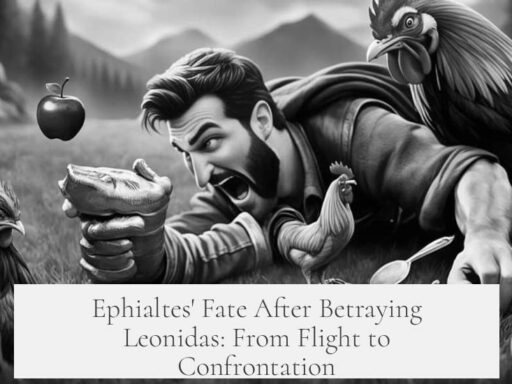George W. Bush did not steal the 2000 USA election in a legal sense, but the election was marred by significant irregularities and controversies that fueled claims of unfairness and disenfranchisement. The outcome hinged on a narrow and disputed count in Florida, where ballot design flaws, voting machine errors, voter suppression, and contentious legal battles played critical roles. The U.S. Supreme Court’s decision to stop the Florida recount effectively handed Bush the presidency, while leaving unresolved questions about the election’s fairness and democratic legitimacy.
The 2000 election night was chaotic. Network news initially called Florida for Al Gore, then retracted and later called it for Bush. The final certified count showed Bush leading by just 1,784 votes. This razor-thin margin triggered an automatic recount under Florida law. However, the recount process was plagued by issues from the start. Florida used paper ballots with “hanging chads”—partially punched holes—which complicated vote interpretation. The controversial butterfly ballot design confused voters, leading to unexpected votes for third-party candidate Pat Buchanan in Democratic-leaning counties, which raised doubts about voter intent.
In response, Gore requested manual recounts in select counties with suspicious vote patterns, while Bush pressed to limit or prevent recounts outside those areas. The Florida Supreme Court ordered statewide manual recounts. But time constraints and the Florida Secretary of State’s refusal to extend deadlines limited the recount’s scope and effectiveness. The U.S. Supreme Court’s intervention in Bush v. Gore was decisive. The Court ruled by a 7-2 vote that the disparate recount standards in counties violated the Equal Protection Clause. The 5-4 partisan-aligned majority halted the recount, citing no more time was available under state law. This ruling effectively ended the election and affirmed Bush’s narrow victory.
Voter suppression and disenfranchisement significantly affected the results. More than 12,000 eligible Floridians were wrongly denied their ballots, disproportionately African American and Democratic voters. Counties with higher rates of ballot spoilage and rejections were mostly poor and majority-black. Katherine Harris, Florida’s Secretary of State and co-chair of the Bush campaign’s Florida effort, oversaw procedures that critics say unfairly blocked voter participation. Studies suggest that without these suppression efforts, Gore could have won Florida’s electoral votes.
Legally, the election was valid. The U.S. Constitution assigns states control over election administration. Bush’s team used the legal system to challenge recount efforts, and courts upheld these challenges. There is no verified evidence that Bush engaged in illegal actions or outright fraud to win. Rather, he prevailed within the framework, benefiting from favorable rulings and the termination of recounts.
Academic research paints a nuanced picture. Some studies found that disputed ballots, if fully recounted, might have given Gore a narrow lead by 60 to 171 votes, depending on criteria. Others concluded that flaws in ballot hardware and ambiguous voter intent prevented definitive conclusions. Overall, the election was effectively a statistical dead heat, complicated by voting system errors and administrative decisions.
Public perception was fraught. Gore initially conceded, then retracted his concession as the count tightened, fueling narratives of sore loser politics from the Bush campaign. Voter confusion from poorly designed ballots, along with hanging chad controversies, left many questioning whether the announced results truly reflected voter intent. Though technically accurate, the final outcome left many feeling the democratic process had failed.
In summary, the 2000 election was legally resolved in Bush’s favor but exposed critical systemic flaws. The combination of confusing ballots, voter suppression, legal battles, and judicial intervention created a crisis of electoral legitimacy. No evidence of theft or fraud exists, but many argue the democratic process was compromised.
- George W. Bush won the 2000 election via legal and judicial processes, not by proven theft.
- Ballot design flaws and confusing voting systems caused ambiguous vote counts and voter errors.
- Voter suppression disproportionately affected African American and Democratic voters in Florida.
- The U.S. Supreme Court’s ruling to halt recounts was controversial but decisive.
- Statistical analyses suggest Gore might have won under full recounts, though no definitive victory exists.
- The election exposed weaknesses in election technology, administration, and legal frameworks.
- Public and political narratives shaped perceptions, while many voters remained uncertain about the fairness of the outcome.
Did George W. Bush Really Steal the 2000 USA Election?
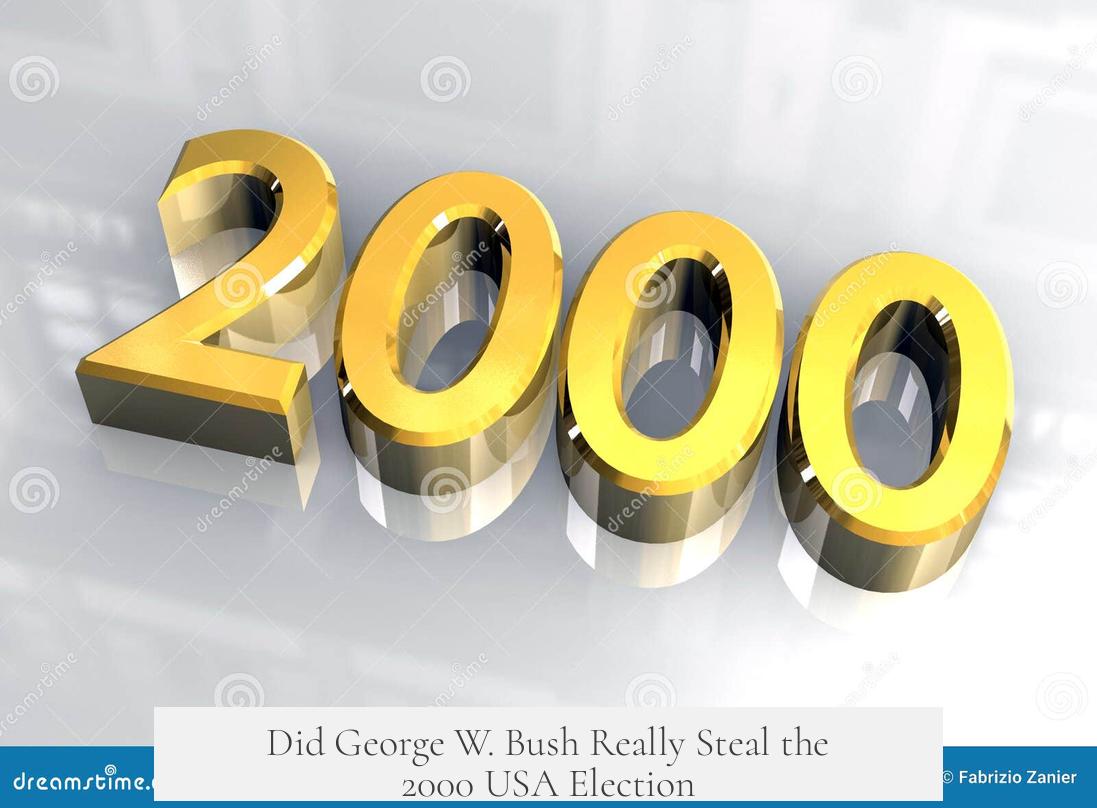
Here’s the bottom line, straight-up: George W. Bush did not steal the 2000 election in any legal or definitive sense. While the race was hot, chaotic, and riddled with irregularities that call into question the purity of the process, no hard evidence proves Bush cheated or outright stole the presidency.
Let’s break down what really happened, step by step, because this is more than just a historical footnote. It’s a complex saga of media miscalls, ballot puzzles, recount wrangling, and legal showdowns. Buckle up—it’s one wild ride.
The Night Florida Came Unhinged
The pivotal battleground state was Florida. Early on election night, media outlets—eager for a scoop—called the state for Al Gore. NBC, sharp-eyed and confident, made this call at 7:50 PM EST. A bold move, but it turned out to be premature. As results trickled in, doubts creep in: voter turnout patterns, ballot quirks, and machine glitches emerged.
Two hours later, CNN made a public mea culpa and retracted its call. Then, just before dawn, networks flipped again, declaring Bush the winner in Florida. That too didn’t stick. The final tally on election night had Bush edging ahead by a hair-thin margin of 1,784 votes, triggering an automatic machine recount due to Florida law. The media’s indecision mirrored the voter turmoil.
The Great Butterfly Ballot Confusion and Hanging Chads
Florida’s voting system made things even trickier. Voters punched cards—literally pushing out hanging pieces called “chads.” When a chad didn’t disengage cleanly, it created “hanging chads,” ballots rejected by machines as ambiguous. Not exactly a sturdy system for deciding a presidential election, is it?
Then, there was the infamous butterfly ballot, a layout so confusing it caused serious headaches. Imagine being left-leaning and accidentally voting for ultra-conservative Pat Buchanan because the ballot design tripped you up. In some left-leaning counties, Buchanan inexplicably received thousands of votes—a statistical red flag for miscast ballots.
Recounts, Legal Battles, and Deadlines

After the automatic recount shaved Bush’s lead down to 537 votes, Gore’s camp demanded manual recounts in selected counties. Bush countered with a demand for a statewide recount or none at all.
The Florida Supreme Court sided with Gore, ordering manual recounts across the board. But a ticking clock was the real villain. Florida law imposed strict deadlines. The Secretary of State, Katherine Harris—a Republican with ties to Bush’s campaign—refused to extend the recount window, putting the whole process on a fragile wire.
The Landmark Supreme Court Shutdown: Bush v. Gore
Then came the legal bombshell. Bush’s team went to the U.S. Supreme Court, arguing that differing recount standards across counties violated the Equal Protection Clause of the Constitution. Essentially, how can the vote count be fair if every county uses its unique method?
By a 7-2 majority, the Supreme Court ruled the patchwork recounting unconstitutional. The recount was stopped abruptly because under Florida law, no more time was left. The decision, split 5-4 largely along ideological lines, effectively ended the election and handed the presidency to Bush.
Voter Suppression Worries: The Shadow Behind the Curtain
But wait—there’s more to the story. More than 12,000 voters, many African American, were wrongly denied the right to vote in Florida, flagged by the Brennan Center for Justice. That’s not a small number in an election decided by razor-thin margins.
Katherine Harris herself was co-chair of Florida’s Bush campaign, raising eyebrows about conflicts of interest. Statistical evidence shows African American voters were nearly ten times more likely than white voters to have their ballots rejected. Poorer and predominantly black counties used voting systems prone to higher error rates. The fact that 83 of 100 precincts with the most disqualified ballots were majority-black can’t be shrugged off as coincidence.
These voter suppression dynamics suggest the Florida GOP may have skewed the scales in Bush’s favor by hurting Gore’s base.
Was It Legal? The Thin Line Between Legitimacy and Controversy
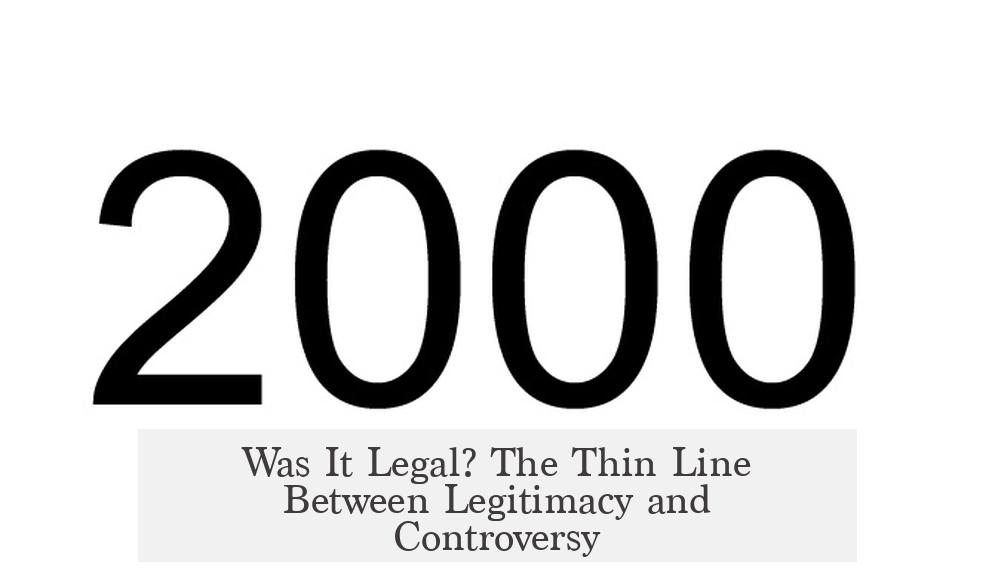
From the standpoint of law, Bush’s victory was unquestionably valid. The United States doesn’t choose presidents by popular vote but by state-by-state electoral votes. States run their elections with broad autonomy so long as they comply with constitutional limits.
Bush played by legal rules. He challenged decisions in court and won. There is, however, zero legit evidence Bush or his camp broke laws or cheated to clinch victory. It was a ruthless political and legal contest, but not a criminal one.
Academic and Statistical Reviews: What the Experts Say
Media groups and academics scoured disputed ballots after the dust settled. Mixed outcomes were inevitable. One study—the Florida Ballots Project—concluded that if certain ballots invalidated due to technical hardware failures had counted, Gore might have won.
An authoritative NORC study estimated Gore’s lead between 60 and 171 votes if a full manual recount using fair criteria had been completed. That’s close enough to remind us how tiny and fragile this victory really was.
The Public Eye and Political Storytelling
Gore himself called Bush to concede—but when recount results tightened, he pulled back the concession. The Bush campaign seized on this to cast Gore as a sore loser. Meanwhile, the voting public, weary of endless drama, just wished for closure.
Confusing ballots and inconsistent counting left voter intent murky. The final verdict? The election’s results may have been imperfect or inaccurate; but “stolen”? No, that label feels incorrect.
Final Thoughts and Perspectives

Looking at it all, the 2000 election was a statistical tie. The system’s quirks, particularly Florida’s administration, favored Bush. Republican control of both the state’s Secretary of State office and the U.S. Supreme Court cut heavily in Bush’s favor.
Legally, Bush won. But many argue democracy lost a little that day. The failure to ensure consistent, fair voting systems and recount criteria meant the election exposed cracks in America’s democratic process.
In short, Bush’s win was legal but came amid a perfect storm of voting machine failures, confusing ballots, legal maneuvers, and strategic decisions that disadvantaged Gore.
So, Did Bush Steal the Election?
Legally? No. Democratically? It’s complicated. Voter suppression and flawed technology muddied the waters, and the Supreme Court’s decisive intervention guaranteed that a deeper recount didn’t happen.
If you ask who truly won in the hearts of all voters, the answer may be forever lost in those hanging chads and butterfly ballots.
Summary Table
| Aspect | Summary |
|---|---|
| Media Calls | Early and repeated wrong calls for Florida’s winner caused confusion. |
| Ballot Issues | Hanging chads and butterfly ballot design caused vote-count ambiguity. |
| Recounts | Automatic and manual recounts exposed split legal and procedural battles. |
| Supreme Court Decision | Stopped recount citing Equal Protection, effectively decided election. |
| Voter Suppression | Disenfranchisement disproportionately hit African American voters. |
| Legality | Bush’s win was fully legal under US law despite controversies. |
| Statistical Findings | Votes might have favored Gore, but no definitive outcome proven. |
| Public Perception | Election seen as flawed but not outright stolen. |
So next time you hear wild claims about the 2000 election being “stolen,” remember: the truth is far messier, and democracy—not just parties—took a hit in the process.
